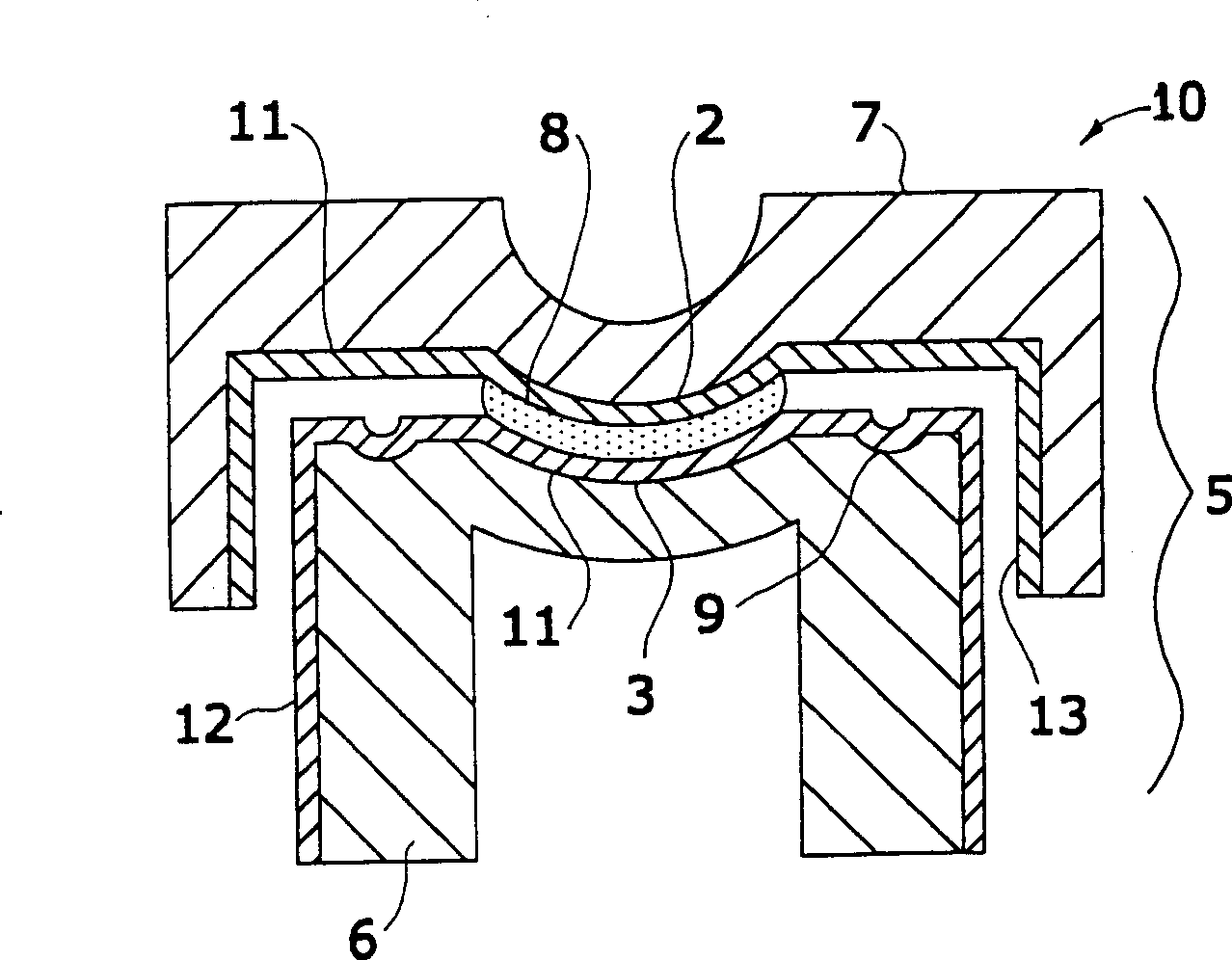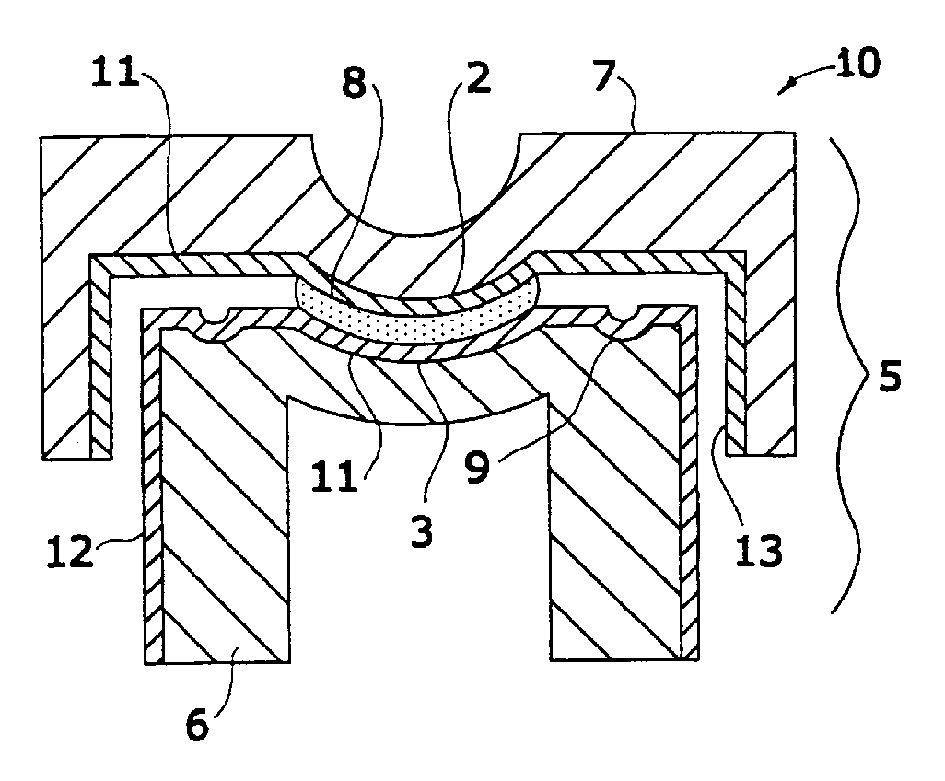Lens molds with protective coatings for production of contact lenses and other ophthalmic products
A technology for ophthalmic products and contact lenses, applied in glasses/goggles, coatings, household appliances, etc., can solve the problems of high cost and expensive transparent resin, and achieve the effect of reducing mold cycle, increasing product output, and improving lens quality
- Summary
- Abstract
- Description
- Claims
- Application Information
AI Technical Summary
Problems solved by technology
Method used
Image
Examples
Embodiment 1
[0037] This example illustrates the preparation of contact lens molds coated with silicon nitride using the plasma enhanced chemical vapor deposition (PECVD) method. The polystyrene mold was placed in a stainless steel chamber equipped with a capacitively coupled radio frequency (13.56 MHz) power supply, which was evacuated with a turbomolecular pump. When the pump pressure drops to base pressure 10 -4At Torr, the working gas allows the use of mass flow control (MFC). The desired pressure can be obtained using a throttle valve and a MKS baraton gauge. Process gases for the deposition of silicon nitride (where the silicon to nitrogen ratio is approximately 2.3) include silane and ammonia (SiH 4 / NH 3 ), the ratio is 1:4. The deposition pressure is 80-100 mTorr, and the temperature of the substrate during the deposition process is about 40-60°C. SiH 4 and NH 3 The flow rates are 10-20 sccm and 40-80 sccm respectively. The coating thickness is in the range of 60-120mm.
Embodiment 2
[0039] This example illustrates the preparation of contact lens molds coated with silicon oxide using plasma enhanced chemical vapor deposition (PECVD). Using an apparatus similar to that described in Example 1, contact lens molds were coated with silica. The working gas used to obtain the coating is trimethyldisiloxane and oxygen, and the ratio of trimethyldisiloxane to oxygen is 1:2. The coating thickness is in the range of 600-1000nm.
Embodiment 3
[0041] This example illustrates a chemically resistant plastic coating according to the invention. Flat plate samples of amorphous plastics (polystyrene, polycarbonate and polysulfone) were exposed to a mixture of monomers A and B used to make lenses. A and B are non-silicone soft lenses and silicone soft lenses, respectively. Monomer mixture A comprised the following components: 2-hydroxyethyl methacrylate (32 parts), n-vinylpyrrolidone or NVP (45 parts), 2-hydroxy-4-tert-butylcyclohexyl methacrylate (8 parts), Ethylene glycol dimethacrylate (0.1 part), methacryloyloxyethyl vinyl carbonate (0.5 part), glycerin (15 parts), a polymerizable blue body (150 ppm), and an initiator Darocur (0.2 parts). Monomer mixture B comprised the following components: a polyurethane-polysiloxane prepolymer derived from isophorone diisocyanate, diethylene glycol, α,ω- Hydroxybutyl polydimethylsiloxane and 2-hydroxyethyl acrylate are mixed in a molar ratio of 6:3:2:2 (50 parts), 3-methacryloylo...
PUM
| Property | Measurement | Unit |
|---|---|---|
| thickness | aaaaa | aaaaa |
| thickness | aaaaa | aaaaa |
| thickness | aaaaa | aaaaa |
Abstract
Description
Claims
Application Information
 Login to View More
Login to View More - R&D
- Intellectual Property
- Life Sciences
- Materials
- Tech Scout
- Unparalleled Data Quality
- Higher Quality Content
- 60% Fewer Hallucinations
Browse by: Latest US Patents, China's latest patents, Technical Efficacy Thesaurus, Application Domain, Technology Topic, Popular Technical Reports.
© 2025 PatSnap. All rights reserved.Legal|Privacy policy|Modern Slavery Act Transparency Statement|Sitemap|About US| Contact US: help@patsnap.com


